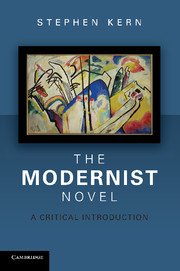7 - Narrator
Published online by Cambridge University Press: 05 June 2012
Summary
In the realist period, novelists such as Eliot and Thackeray created third-person narrators who assumed command by telling their story with broad vision, a singular authoritative voice, and seemingly unlimited knowledge. Other realists, such as Emily Brontë (Wuthering Heights), Dickens (Bleak House), and Wilkie Collins (The Moonstone, 1868), used multiple narrators with different points of view. Their uses of multiple narrators, however, were different from modernists'. Realist multiple narrators introduced variety while preserving the same kind of interpretive stability created by single, authoritative third-person narrators. In The Moonstone, for example, argues D. A. Miller, the multiple narrators' “different points of view, degrees of information, [and] tendencies of suspicion are never allowed to tamper with” the text's production of “basic interpretive securities about character and language.” The novel is “always speaking a master-voice that corrects, overrides, subordinates, or sublates all other voices.” In contrast, modernists reworked narratorial power with marked ways of restricting and presenting their stories. They devised new ways of seeing or, more precisely, focalizing stories that ranged from James's strictly limited singular focalization to varieties of multiple focalization. These innovative modes of focalization did destabilize the “basic interpretive securities” that realists had worked so hard to stabilize. Modernists also developed a range of voices to tell the many ways their narrators knew, or did not know, what their characters were doing and why. Thus, the polyvision and polyphony of modernist narrators aligned with their multiple ways of knowing.
Information
- Type
- Chapter
- Information
- The Modernist NovelA Critical Introduction, pp. 179 - 201Publisher: Cambridge University PressPrint publication year: 2011
